|
||||||||||||
Bruce Brown's 100 Voices... White Cow Bull's Story of the Battle #2
White Cow Bull 's primary account of the Battle of the Little Bighorn is one of the three great Lost Texts -- or perhaps I should say, Ignored Texts -- of the Little Bighorn eye-witness canon (the others are the accounts of Peter Thompson and Pretty Shield). From White Cow Bull we get three crucial parts of the Little Bighorn story -- (1) the relationship between Monaseetah, Yellow Bird and the Custer brothers (pretty much ignored by American historians, although Jeffry D. Wert does mention it in Custer: The Controversial Life of George Armstrong Custer), (2) the way Monaseetah stopped White Cow Bull from mutilating George Custer's corpse (ditto), and (3) most important of all (and therefore most ignored of all), the crucial eye-witness description of how Custer was shot and either killed or badly wounded at the outset of the Custer fight when the "Gray Horse Company" attempted to ford the river at Medicine Tail Coulee and attack the village. So White Cow Bull's primary account of the battle is possibly the most important of all the 100 Voices collected here on Astonisher.com, for it provides the best eye-witness answer to the eternal question -- who killed George Armstrong Custer? See Who Killed Custer - The Eye-Witness Answer for more info. White Cow Bull's brief second account deals with the Seige of the Greasy Grass the day after the Battle of the Little Bighorn, when he shot the heel off the boot of an American soldier, probably Frederick Benteen or William Slaper. Based on these two accounts -- both supported by numerous other eye-witness accounts -- you could argue that White Cow Bull was the most important warrior at the battle of the Little Bighorn for two shots he took, one of which he hit (Custer) and one of which he barely missed (Benteen), for the outcome of those two shots decided first the fate of Custer and his men, and quite likely then the fate of Benteen and Reno and their men. -- Bruce Brown WHITE COW BULL'S STORY OF THE BATTLE #2
Two shots at history -- you could argue that White Cow Bull was the most important warrior at the battle of the Little Bighorn for two shots he took, one of which he hit and one of which he missed. Above White Cow Bull just misses Frederick Benteen during the Siege of the Greasy Grass, shooting off the heel of his boot. Below and the day before, he hits George Custer at the outset of the Custer fight, knocking him out of the saddle in the middle of the Little Bighorn River. See Who Killed Custer -- The Eye-Witness Answer for more info.
Custer's Fall: The Indian Side of the Story by David Humphreys Miller, University of Nebraska Press, Lincoln, NE 1957 p 187 - 188
Miller frequenlty made pastel sketches of the Sioux survivors of the Battle of the Little Bighorn whom he interviewed. Some of Miller's portraits are exceptionally fine evocations of the historic personalities in their own right, such as his portraits of Lazy White Bull and Old Eagle and Black Elk late in life. Click here for information of David Humphreys Miller's sources among the Sioux, Cheyenne, Crow, Arikara and Apapaho. -- B.B.
|
||||||||||||




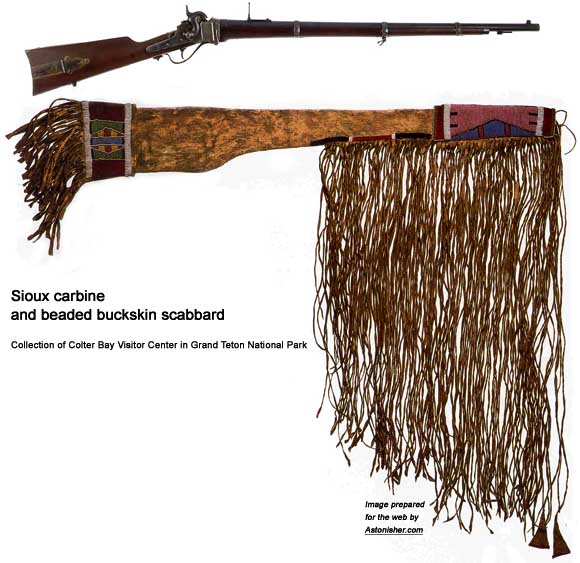
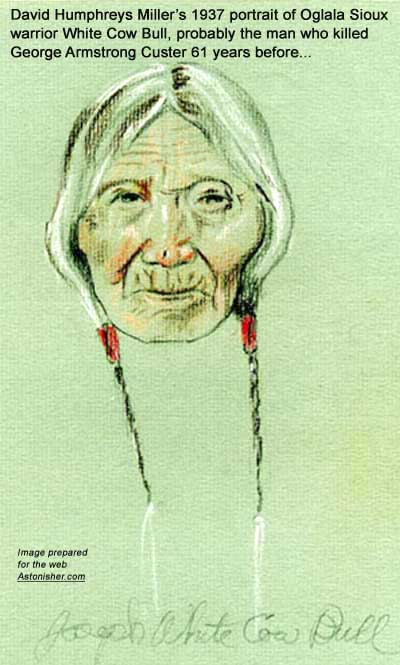
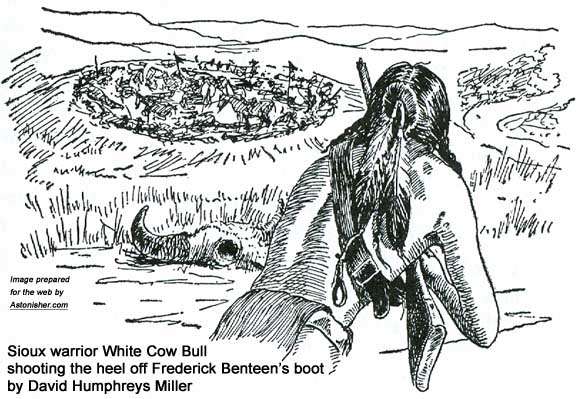
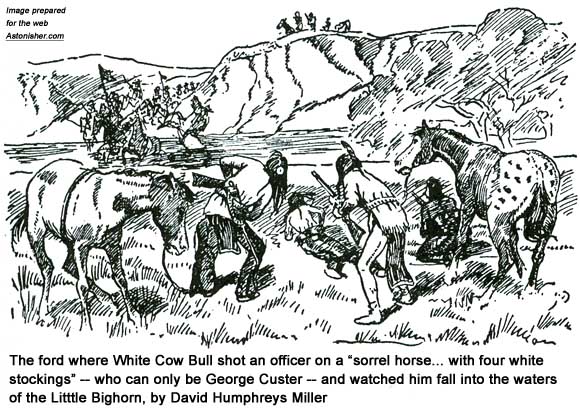
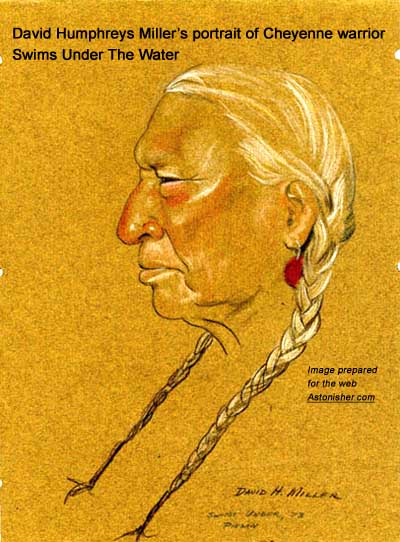 Although not born into the Teton Sioux, David Humphreys Miller was adopted late in life by both
Although not born into the Teton Sioux, David Humphreys Miller was adopted late in life by both 







